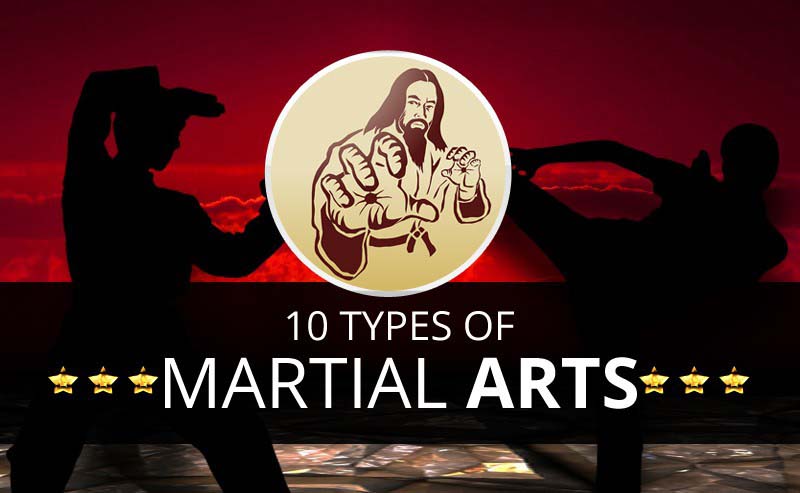The Development And Historic Importance Of Martial Arts Across Different Cultures
The Development And Historic Importance Of Martial Arts Across Different Cultures
Blog Article
Material Develop By-Padilla Silverman
Martial arts have an interesting history that covers centuries and continents. You may discover it fascinating how ancient methods like Shuai Jiao and Kalaripayattu laid the groundwork for modern-day fight techniques. These self-controls not only stress physical abilities yet likewise mirror the societies that birthed them. As you discover their development, take into consideration just how globalization has actually changed these traditional kinds right into crossbreed styles. What influences do you assume have shaped today's martial arts landscape?
Ancient Martial arts: The Foundations of Battle
As you look into the world of old martial arts, you'll find the abundant structures that formed combat strategies throughout cultures. Early techniques concentrated on Self-Defense and survival, often integrating strikes, hurting, and weapons.
In old China, as an example, strategies like Shuai Jiao emphasized throws and joint locks, while India's Kalaripayattu showcased agility and fluid motion. best self defense martial arts created Kenjutsu, a polished swordsmanship that highlighted self-control and strategy.
These martial arts served not just for battle however also as a means of individual growth, instilling worths like respect and determination. The blending of these strategies over time prepared for the diverse martial arts you see today, each showing the one-of-a-kind approaches and demands of its culture.
The Cultural Influence on Martial Arts Advancement
While martial arts typically mirror the functional requirements of a society, they also embody the cultural values and ideas of their origins. When you discover various martial arts, you'll see exactly how they're affected by religious beliefs, philosophy, and social norms.
For instance, the focus on respect and self-control in Japanese martial arts originates from Zen Buddhism and samurai society. On the other hand, Brazilian Jiu-Jitsu advertises adaptability and method, shaped by the need for efficiency in a varied, multicultural environment.
You might locate that the rituals, uniforms, and training methods show a community's background and identity. By understanding these cultural influences, you grow your gratitude of martial arts and their duty in shaping human experiences around the world.
Modern Adaptations and the Globalization of Martial arts
Martial arts have actually transformed significantly in current decades, adjusting to contemporary culture and worldwide impacts. You'll notice that traditional kinds have combined with contemporary methods, developing hybrid styles like MMA. https://www.laprensalatina.com/a-sri-lankan-battle-to-revive-martial-art-form-that-survived-colonial-ban/ accommodate diverse target markets, making martial arts accessible and attractive globally.
With the surge of social media sites and digital platforms, you can find tutorials and competitions from all edges of the globe, breaking geographical obstacles. This globalization has actually caused a common admiration for various disciplines, from Brazilian Jiu-Jitsu to Taekwondo.
As you involve with these arts, you'll realize they're not almost combat; they promote health and fitness, discipline, and mental health.
Eventually, modern-day adaptations have actually enhanced the martial arts landscape, making it a dynamic and advancing practice.
Conclusion
In exploring the background and advancement of martial arts, you uncover a remarkable mix of strategies, cultures, and viewpoints. From ancient disciplines like Shuai Jiao and Kalaripayattu to the modern versatility seen in MMA, martial arts show mankind's pursuit for Self-Defense and personal growth. As you involve with these practices, you not only obtain abilities but additionally a much deeper appreciation for the diverse customs that shape our globe today. So, continue your journey and accept the art of fight!
